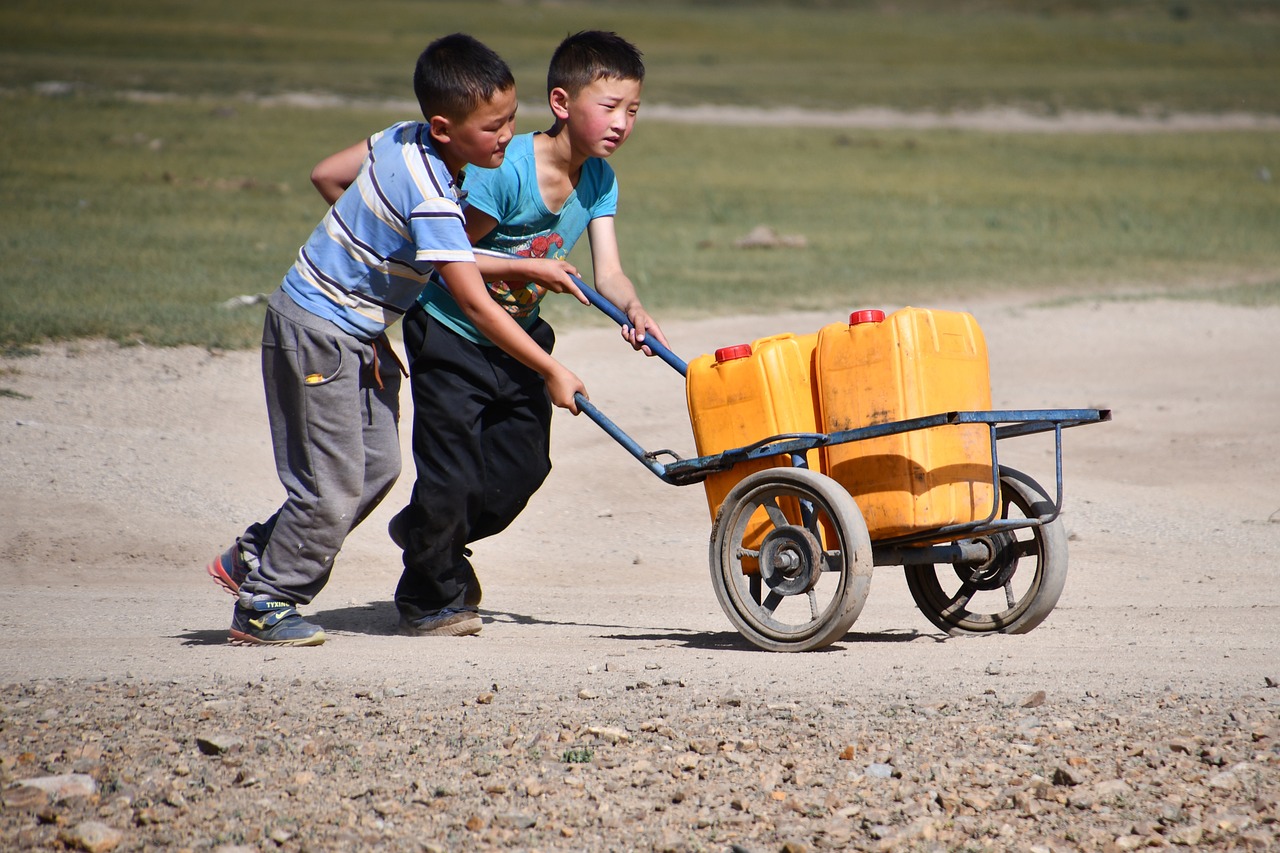Retaining Productivity: Facing Common Challenges in Mongolia
Mongolia, known for its vast landscapes, nomadic culture, and rich history, faces various challenges in maintaining productivity. In this article, we will explore some of the common challenges encountered in Mongolia and discuss strategies to overcome them.
Challenges in Infrastructure Development
Infrastructure development plays a crucial role in fostering productivity in any country. However, Mongolia faces challenges in this area due to its vast and remote geography. The lack of proper road networks, transportation systems, and reliable energy sources hinders economic growth and productivity. To address these challenges, the Mongolian government is actively investing in infrastructure projects, such as road construction and renewable energy initiatives, to improve connectivity and ensure a sustainable energy supply.
- Poor Road Networks: The inadequate road infrastructure in Mongolia poses challenges for transportation and logistics. This affects the movement of goods and people, leading to delays and increased costs. Efforts are being made to expand and upgrade the road network, especially in rural areas, to facilitate smoother transportation and boost productivity.
- Insufficient Transportation Systems: Limited transportation options, especially in remote areas, restrict the mobility of individuals and hinder economic activities. The government is working towards improving public transportation systems, including railways and air connectivity, to enhance accessibility and support economic development.
- Unreliable Energy Sources: Mongolia heavily relies on coal for energy production, which has negative environmental impacts and can lead to energy shortages. To address this, the government is promoting renewable energy sources like wind and solar power. Transitioning to cleaner energy options will not only mitigate environmental concerns but also ensure a stable energy supply for businesses and industries.
Economic Diversification and Sustainable Growth
Mongolia’s economy is heavily reliant on mining, particularly coal, copper, and gold. This dependence on a single sector makes the country vulnerable to fluctuations in global commodity prices. To ensure sustainable growth and productivity, diversification of the economy is crucial.
- Encouraging Non-Mining Sectors: Promoting sectors like tourism, agriculture, and manufacturing can reduce the economy’s dependence on mining. This diversification creates new job opportunities, stimulates innovation, and enhances productivity. The government has implemented policies to attract investments and support the growth of non-mining sectors.
- Enhancing Entrepreneurship: Fostering a conducive environment for entrepreneurship and small businesses can drive economic growth and productivity. Providing access to financing, offering business development programs, and simplifying regulatory procedures are essential steps in supporting entrepreneurial ventures.
- Investing in Human Capital: Developing a skilled workforce through education and training programs is vital for economic diversification. By investing in human capital, Mongolia can nurture a knowledgeable and adaptable workforce capable of contributing to different sectors, thereby increasing productivity.
Preserving Cultural Heritage and Identity
Mongolia’s nomadic culture and rich heritage are integral to its national identity. However, cultural preservation can face challenges in the modern world, impacting productivity and economic growth.
- Supporting Traditional Industries: Promoting traditional industries, such as handicrafts and traditional arts, not only preserves cultural heritage but also generates income and employment opportunities. The government can provide support through funding, training, and marketing initiatives to ensure the sustainability of these industries.
- Tourism and Cultural Experiences: Mongolia’s unique culture and landscapes attract tourists from around the world. Developing sustainable tourism practices and offering authentic cultural experiences can contribute to economic growth and productivity. This requires infrastructure development, trained guides, and initiatives to protect natural and cultural sites.
- Education and Awareness: Educating the younger generation about their cultural heritage fosters a sense of pride and encourages the preservation of traditions. Integrating cultural education into the curriculum and organizing awareness campaigns can help maintain cultural identity and promote productivity.
Conclusion
Retaining productivity in Mongolia involves addressing various challenges related to infrastructure development, economic diversification, and cultural preservation. The government’s efforts in improving road networks, transportation systems, and energy sources are crucial for enhancing connectivity and supporting economic growth. Diversifying the economy, encouraging entrepreneurship, and investing in human capital are essential steps towards sustainable productivity. Additionally, preserving Mongolia’s cultural heritage not only maintains national identity but also contributes to economic development through tourism and traditional industries. By overcoming these challenges, Mongolia can foster productivity and ensure a prosperous future.
Mongolia Image 1:

Challenges in Human Capital Development
Human capital development plays a significant role in maintaining productivity and competitiveness. However, Mongolia faces challenges in this area, which can hinder its overall development and growth.
- Quality Education: Ensuring access to quality education for all is crucial for developing a skilled workforce. Mongolia faces challenges in providing equitable education opportunities, especially in rural and remote areas. The government needs to focus on improving infrastructure, teacher quality, and curriculum to bridge the education gap and enhance human capital development.
- Brain Drain: Mongolia experiences a brain drain phenomenon, where talented individuals migrate abroad in search of better opportunities. This can result in a loss of skilled workforce and hinder productivity. Implementing policies to attract and retain talent, providing competitive wages, and creating a conducive environment for career growth can help address this challenge.
- Healthcare Access: Limited access to quality healthcare services can impact the well-being and productivity of individuals. Mongolia faces challenges in healthcare infrastructure, especially in rural areas. Expanding healthcare facilities, improving access to essential services, and promoting preventive healthcare can contribute to a healthier and more productive population.
References
– World Bank: www.worldbank.org
– Mongolian Government Official Website: www.mongoliaroadmap.gov.mn
– Ministry of Energy: www.energy.mn
– Mongolian National Chamber of Commerce and Industry: www.mongolchamber.mn
– Ministry of Education, Culture, Science, and Sports: www.mecss.gov.mn
– Ministry of Health: www.mohs.mn

